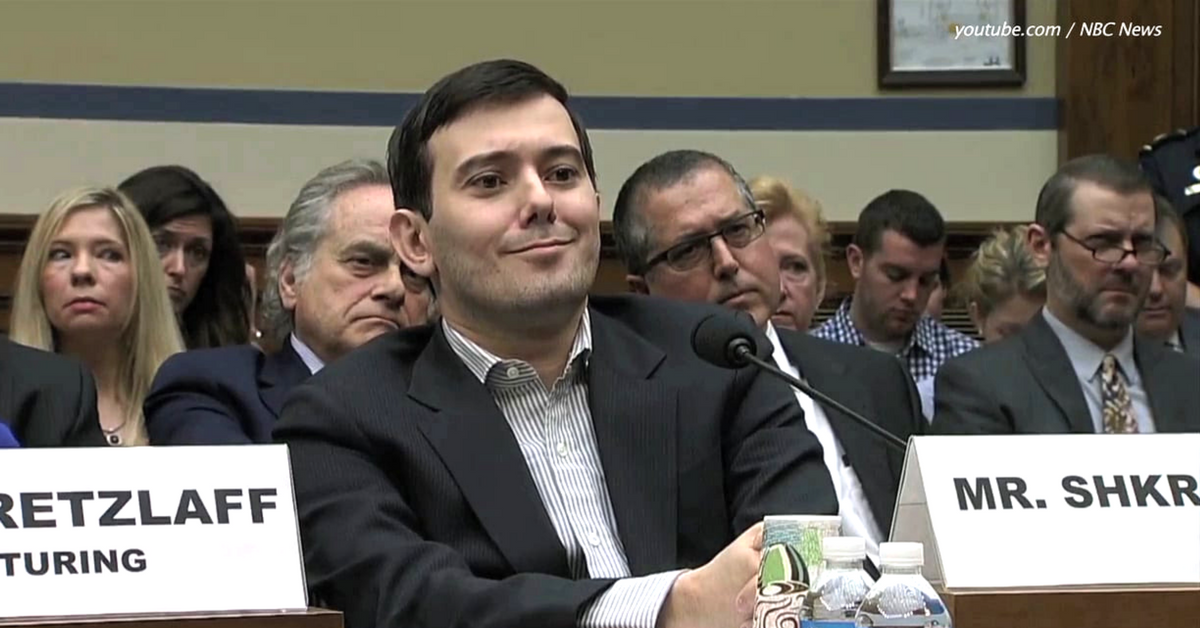Part 3: Industry
The cost of health care has reached staggering proportions – how did this happen? Is it because clinicians prescribe too many unnecessary services? Or that patients request them? What about big pharma and medical device companies, which profit from raising prices indiscriminately? Or is it that hospitals pay their CEOs millions but have no incentive to cut costs?
In anticipation of Right Care Action Week, we are taking on the case of high health care costs week by week. Check back on the blog each week leading up to Right Care Action Week for examinations of each “suspect.” And don’t forget to join us for a digital event on October 20, 2017, to hear what we learned about health care costs during RCAW and what we plan on doing about it!
Read the entire blog series – Part 1: Clinicians, Part 2: Patients, Part 3: Industry, and Part 4: Hospitals.
Raising prices to unnecessarily high levels
The US spends much more than other countries on prescription drugs, not because we consume drugs in significantly higher quantities, but because prices of drugs in the US are so much higher. Although drug manufacturers argue that the costs of research and development warrant extremely high prices for new drugs, recent research finds that the development costs of cancer drugs are less than half what drug-makers are charging, and that pharma has been using profits to artificially raise their stock prices, rather than investing in future research.
But it’s not just new drugs that have increasingly inflated prices. A disturbing trend over the past few years has been pharma companies buying the rights to older generic drugs, and then increasing the price dramatically. Former Turing CEO Martin Shkreli became infamous for raising the price of 64-year-old drug Daraprim from $13.50 a pill to $750 to please shareholders. This is far from the only example. During a routine trip to the pharmacy, health journalist Elisabeth Rosenthal noticed that hydrocortisone suppositories, a common, generic hemorrhoid treatment that costs $7.50 in the UK, costs $277 in America.
Influencing provider decisions with payments and marketing
The drug and medical device industry also contributes to costs by pushing brand-name drugs on physicians, through payments and marketing. Each year, drug and device companies spend billions paying doctors for meals, travel, continuing education, speaking fees, and more. According to Open Payments data, about half of US doctors received money from industry in 2015, amounting to $2.4 billion in total. These payments can affect physician prescribing habits, leading them to prescribe more brand-name drugs when paid more by industry.
Not only are brand-name drugs more expensive than generic drugs, they are sometimes unnecessary or even harmful to patients. Researchers found that 94% of the money spent promoting drugs in Canada in 2014 was for drugs that have no therapeutic benefit to patients. And pharmaceutical companies are coming under fire for irresponsibly marketing opioids to doctors.
Lobbying government for deregulation
Pharma has been extremely active in government as well, fighting for more deregulation and quicker drug approvals from the FDA. Representatives of the drug and device industry have argued in government hearings that they should be allowed to market their products off-label to doctors. They get doctors on their payroll to write op-eds to influence government policies. They have worked with patient groups (sometimes even creating their own fake patient group, a process known as “astro-turfing“) to advocate for access to new, unproven treatments. And we can’t forget about political contributions, with top companies giving hundreds of thousands of dollars each year to candidates and political groups on both sides of the aisle, giving industry even more influence on policies that affect health care costs.

